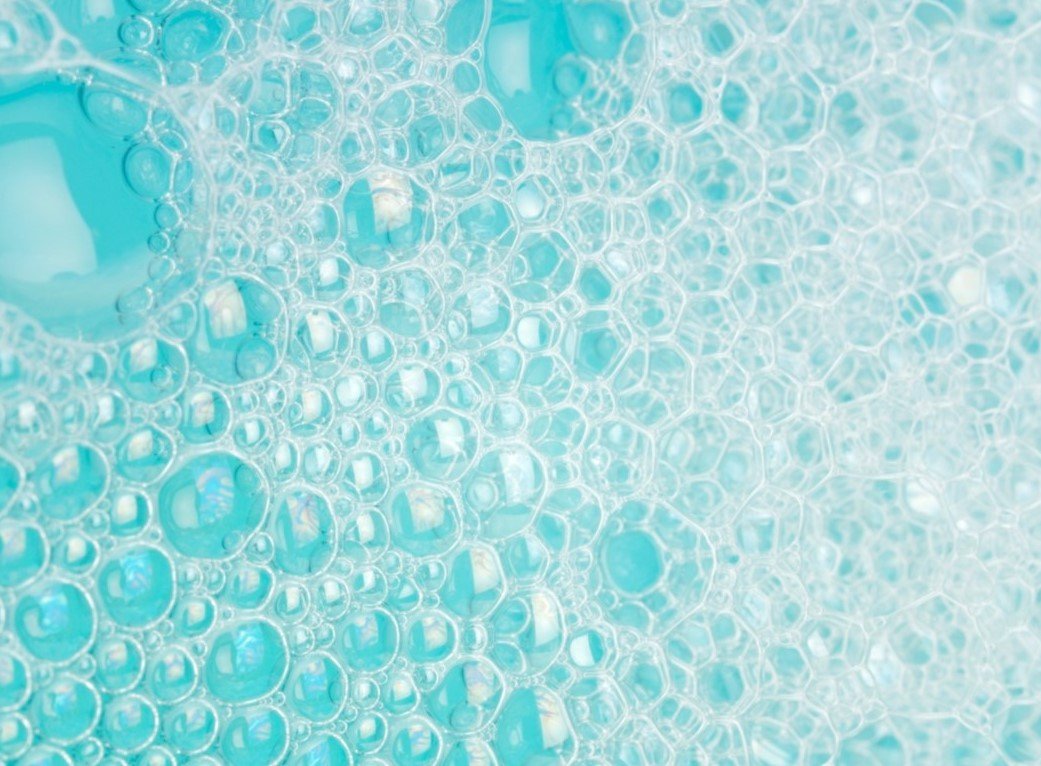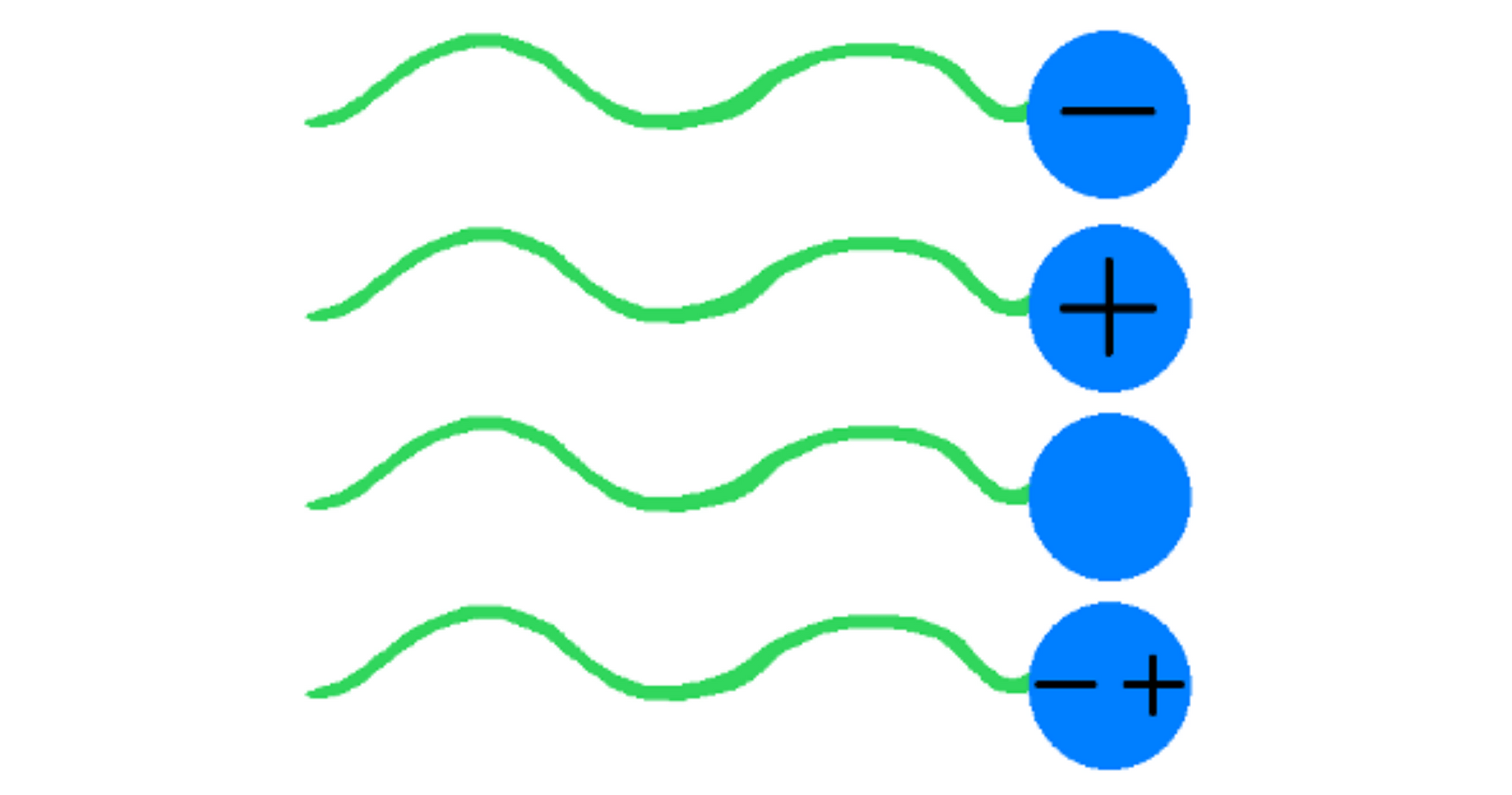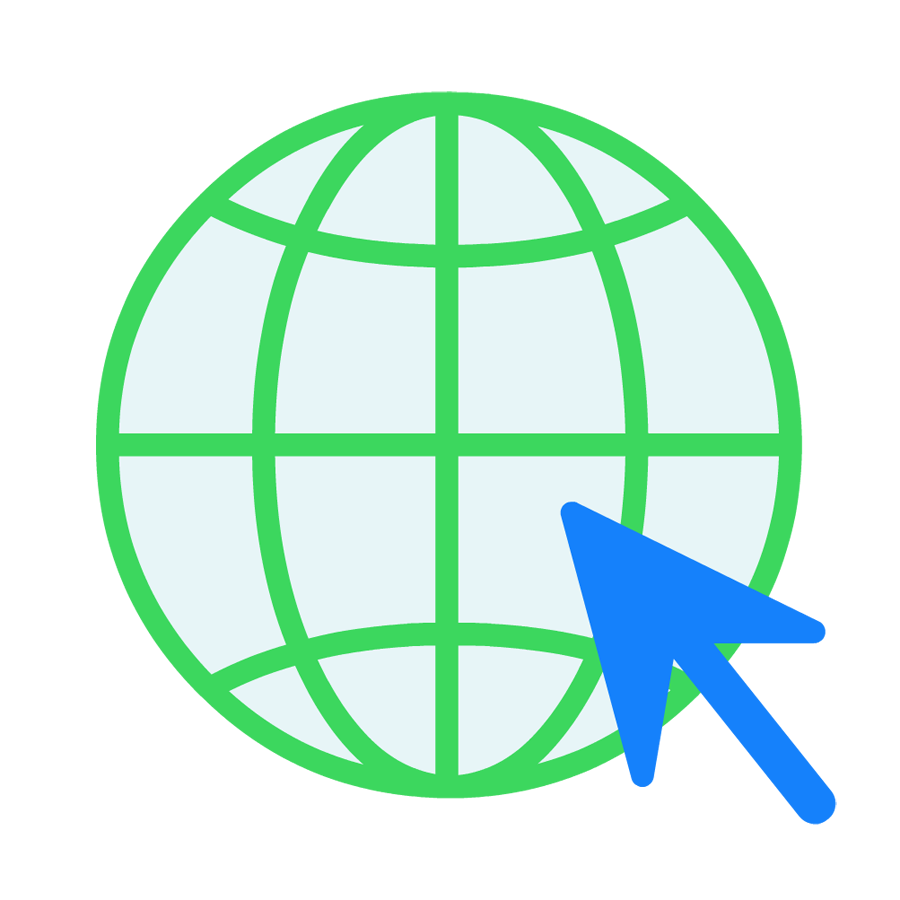
Surfactants part 2 - Types of surfactants
1. Introduction
In Surfactants part 1 - Types of surfactants of this series of blog posts we discussed what surfactants are, how they work, and what their functions are. In this blog post we will look at the different types of surfactants. If you have ever taken a look at surfactants list, you might have noticed that the different surfactant molecules were ordered in a specific way. That is because all major surfactants belong to one of four groups (anionic surfactants, cationic surfactants, nonionic surfactants, amphoteric surfactants). In this second part of our series about surfactants, we will review how surfactants are classified and what the four types of surfactants entail.
2. Types of surfactants

As discussed in part 1 of this series of blog posts, a surfactant is a molecule with hydrophobic and hydrophilic portions that can create micelles to do a wide range of things. While there is a huge variety in different kinds of surfactants and what they can be used in, all surfactants can be classified into one of four groups, depending on the charge they carry on their hydrophilic heads:
- Anionic surfactants, negative.
- Cationic surfactants, positive.
- Non-ionic surfactants, no charge.
- Amphoteric surfactants, positive & negative.
2.1. Amphoteric surfactants

Amphoteric surfactants carry both a negative and a positive charge on their hydrophilic heads. The molecule above is Myristamine Oxide, it is used for its conditioning and stabilizing properties in hair care products, but it is also used in other personal care applications. This amine oxide is zwitterionic, as can be seen on the head of the molecule to the left. There is a positively charged nitrogen atom (N+) with the anionic centers attached directly to it, a negatively charged oxygen atom (O-). Because these charges cancel each other out, it does not require a counterion.
Amphoteric surfactants are also known as amphiphilic or zwitterionic surfactants. The name zwitterionic comes from the fact that they theoretically have both a negative and a positive charge, however, the actual charge the molecule has depends on the pH of the aqueous solution it is added to. It’s safe to assume that at the pH levels of most personal care applications, amphoteric surfactants will act somewhere in between an anionic and a cationic surfactant. They can be cleaning agents, foaming agents, or wetting agents while also having conditioning properties. They are more mild than anionic surfactants, but that in turn also means that their cleaning and foaming performance is lower. Amphoteric surfactants can be combined with all other surfactant types. Due to their milder characteristics and compatibility with all other types of surfactants, they are frequently combined with either anionic, cationic, and/or nonionic surfactants. When amphoteric surfactants are used with other types of surfactants, they can boost the other surfactant’s performance, much like a nonionic surfactant would.
Common amphoteric surfactants are Cocamidopropyl Betaines, and amine oxides like Cocamidopropyl Amine Oxide, Decylamine Oxide, and Myristamine Oxide.
2.2. Anionic surfactants

Anionic surfactants are negatively charged molecules. Depicted above is Ammonium Lauryl Sulfate (ALS), a surfactant commonly used in body washes and shampoos for its foaming and cleaning properties. On the right side of the molecule, the hydrophilic sulfate head is visible, the negative charge is on one of the oxygen atoms (O-). It is important to note that in the real world, charged molecules cannot exist on their own. Negatively charged molecules need a positive counterpart, a counterion. That’s why the ammonium molecule is present (NH4+). This positive molecule makes the entirety of the ALS molecule neutral, and it can therefore exist. Other possible counterions for anionic surfactants can be sodium (Na+) or potassium (K+), to name a few. The counterion used will be depicted in the INCI name and chemical name.
Anionic surfactants are the most commonly used surfactants in the personal care and cleaning sectors. These negatively charged surfactants excel at cleaning and also provide good foaming qualities. Because of their great cleaning capabilities, they are also among the harsher surfactants. This is of course quite undesirable in personal care applications, and for this reason, anionic surfactants are frequently combined with non-ionic or amphoteric surfactants. This makes various anionic surfactants less harsh and can sometimes even improve the cleaning and/or foaming qualities of both surfactants. It is important to note that anionic and cationic surfactant cannot be mixed, due to their oppositely charged natures.
Common other anionic surfactants are Sodium Lauryl Ether Sulfate (SLES), Sodium Lauryl Sulfate (SLS), Sodium Stearate, and various alkyl aryl ether phosphates.
2.3. Cationic surfactants

Cationic surfactants are positively charged. Above is the molecular structure for Cetrimonium Chloride (CTAC), a surfactant commonly used for its conditioning properties. On the right side, the positive ammonium head is visible with the positive charge (also called cationic center) on the nitrogen atom (N+). As with negative molecules, positive molecules also need a counterion. In this case, the chloride atom is shown (Cl-). Another commonly used counterion is bromide (Br+). The used counterion will also be used in the INCI and chemical names.
Cationic surfactants are far less commonly used because they provide less cleaning performance. This is due to the skin being somewhat negatively charged (especially after washing with anionic surfactants, which are commonly found in soaps/shampoos/etc.), instead of forming micelles, some of the surfactant molecules would just be attracted to the skin. This same principle makes them excellent conditioners. After, for example, washing hair with shampoo, unfortunately, a lot of the natural fats, oils, and lipids that protect the hair are washed away, leaving the hairs negatively charged and vulnerable to damage. To add to this, the negatively charged hairs repel each other which leads to fly-away hair. Cationic surfactants find these negatively charged hairs or skin and bind to them. This can temporarily replace the body’s lipids, preventing fly-away hair, making the hair and skin feel nicer, and make them less vulnerable and healthier. It is important to note that anionic and cationic surfactant cannot be mixed, due to their oppositely charged natures.
Commonly encountered surfactants in the group of cationic surfactants are quaternary ammonium cations, like Cetrimonium Chloride, Cetrimonium Bromide, Behentrimonium Chloride and Cetrimonium Bromide.
2.4. Non-ionic surfactants

Nonionic surfactants are, as the name suggests, not charged. The molecule above is Lauryl Glucoside, a popular choice for use in many different personal care items as well as cleaning applications. On the left side of the molecule, the hydrophobic tail is shown. On the right side, a glucose molecule is present. This uncharged molecule requires no counterions.
On their own, nonionic surfactants are not terribly exciting. These surfactants, however, truly shine when mixed with other surfactant types. In combination with other surfactants, nonionic surfactants can often boost the foaming and cleaning abilities of the other surfactant. The entire formulation can also benefit from incorporating a non-ionic surfactant because they can greatly improve the viscosity, texture, and feel of the formulation. Because of the uncharged nature of these surfactants, they can be combined with all other types of surfactants.
Commonly used non ionic surfactants are alkyl polyglucosides like Caprylyl/Capryl Glucoside, Caprylyl/Decyl Glucoside, Coco Glucoside, Decyl Glucoside, and Lauryl Glucoside.
4. Wrap up
To conclude, a surfactant classification can be made according to the charge that is present on the hydrophilic head of the surfactant molecule. There are four main surfactant types: the anionic surfactants, great for cleaning and as foaming agents but sometimes harsh; the cationic surfactants, great conditioners, less ideal for cleaning; the non-ionic surfactants, great for use as a co-surfactant; the amphoteric surfactants, mild and multifunctional, great in combination with other surfactants. As you may have noticed, in this series we mainly talk about the hydrophilic heads. The hydrophobic tails are barely discussed. This is because the hydrophobic moieties themselves don’t matter to the same degree that the hydrophilic heads do, as long as a hydrophobic tail is present, it will do the job.
In Surfactants part 3 - Surfactant subtypes the third part in this series on surface active agents, we will take a more in depth look at the different chemical subtypes of surfactants. In Surfactants part 4 - Natural surfactants we will delve into the natural surfactants and explore what makes these surfactants green and eco-friendly.
Questions, comments, thoughts?

Job van Eijndhoven
 +31622626424
+31622626424
 job@ingrecore.com
job@ingrecore.com

